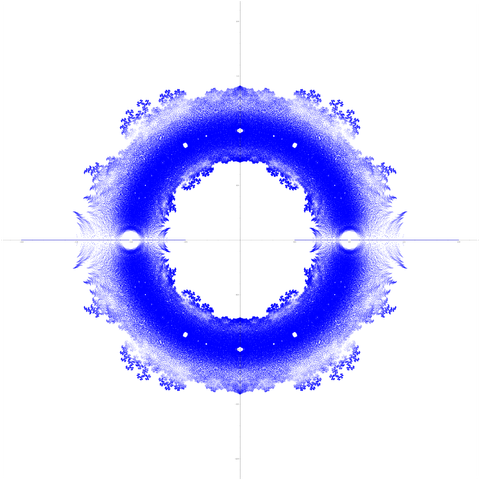I saw today that my CoCalc (https://cocalc.com/) license was about to renew. I've been meaning to move to a more #SelfHosting or #P2P paradigm, so this was good timing for me to cancel. I left this message when doing so:
"I want to support Sage, and I like using CoCalc, but I don't want to put money towards a service that supports Microsoft, Amazon, or OpenAI in any way. I didn't care so much about this before, and I even log in to CoCalc with a GitHub account, but I'm tired of having my work scraped for profit by people who donate to fascists who are destroying my nation. I would consider returning if all ties to these corporations were cut and cloud computing services came from responsible companies, perhaps in the EU."
I'm pretty sure I already have backups of everything I want from GitHub, so I can be done with them too. I should have quit when Microsoft first arrived. My plan is to switch to Radicle (https://radicle.xyz/) rather than another centralized service. I'll be sure to post about how that goes.




 чтобы страдать.
чтобы страдать.